
One Being, Many Names: Why So Many Stories Align Across Cultures. It was deep in the forest where I first began to question everything, not just about Bigfoot—but about the world, memory, and what we call truth. That quiet trail in northern Alberta held more than silence. It held presence.
I’ve come to believe something simple: the legends aren’t just stories. They’re signals.
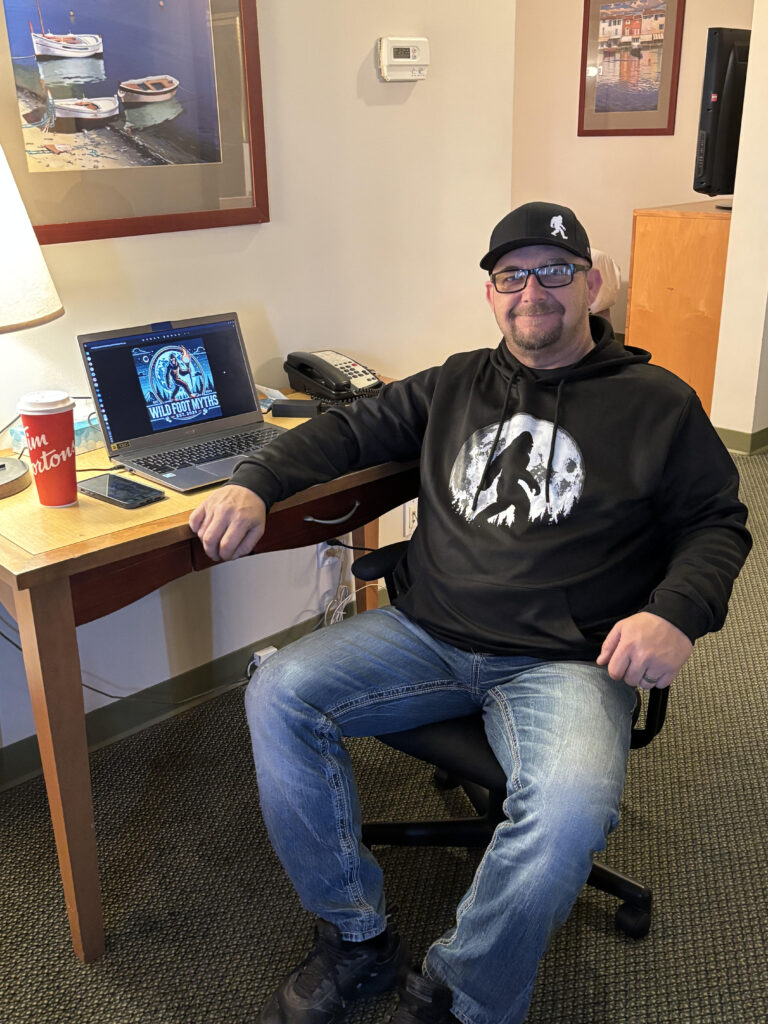
Hi, I’m Shawn
Affiliate Disclosure
At Wildfoot Myths, some of the links you’ll find throughout the site are affiliate links. This means that if you click on a link and make a purchase, I may earn a small commission at no extra cost to you. These commissions help support the research, writing, and unique content I create, including exploring the unknown, documenting real reports, and sharing tools that serious seekers can use.
I only recommend products or services I trust or personally use. Whether it’s gear for the trail, books that fuel curiosity, or tools to grow your own knowledge, my goal is always to provide value, not just links.
Thank you for supporting Wildfoot Myths and helping keep the search alive.
If Bigfoot is just folklore, why does nearly every ancient culture speak of the same being?
- Tibet & Nepal – Yeti
- Australia – Yowie
- Russia & Mongolia – Almas
- China & Vietnam – Wild Man
- North America – Sasquatch
These stories existed long before the internet or documentaries. No shared media. No common language. Still, the descriptions match:
Tall. Hair-covered. Upright. Intelligent. Elusive.
This goes beyond coincidence. This feels like something buried in our collective memory.
Shared Archetypes… or Shared Reality?
Some scientists call it a psychological archetype—the wild man, a symbol of primal fear.
But that doesn’t explain:
- 7–10 foot beings
- Full-body fur, often dark or white
- Bipedal movement—not quite human
- Encounters in remote forests or icy peaks
Thousands of reports. Same details. Different continents.
So what are we really dealing with here? A dream? A hoax? Or something deeper than we’ve allowed ourselves to see?
What If Bigfoot Was Never Just One Creature?
This is a theory I explore in my Hidden Bloodlines series:
What if Bigfoot is an umbrella? A word we use to describe:
- Ancient hominids were still walking
- Guardian spirits passed through Indigenous stories
- Interdimensional travelers who cross into our world through forest portals
Whether physical or spiritual, these beings continue to show up in every generation, on every continent, in the same familiar form.
Discover the Hidden Bloodlines of Bigfoot Series
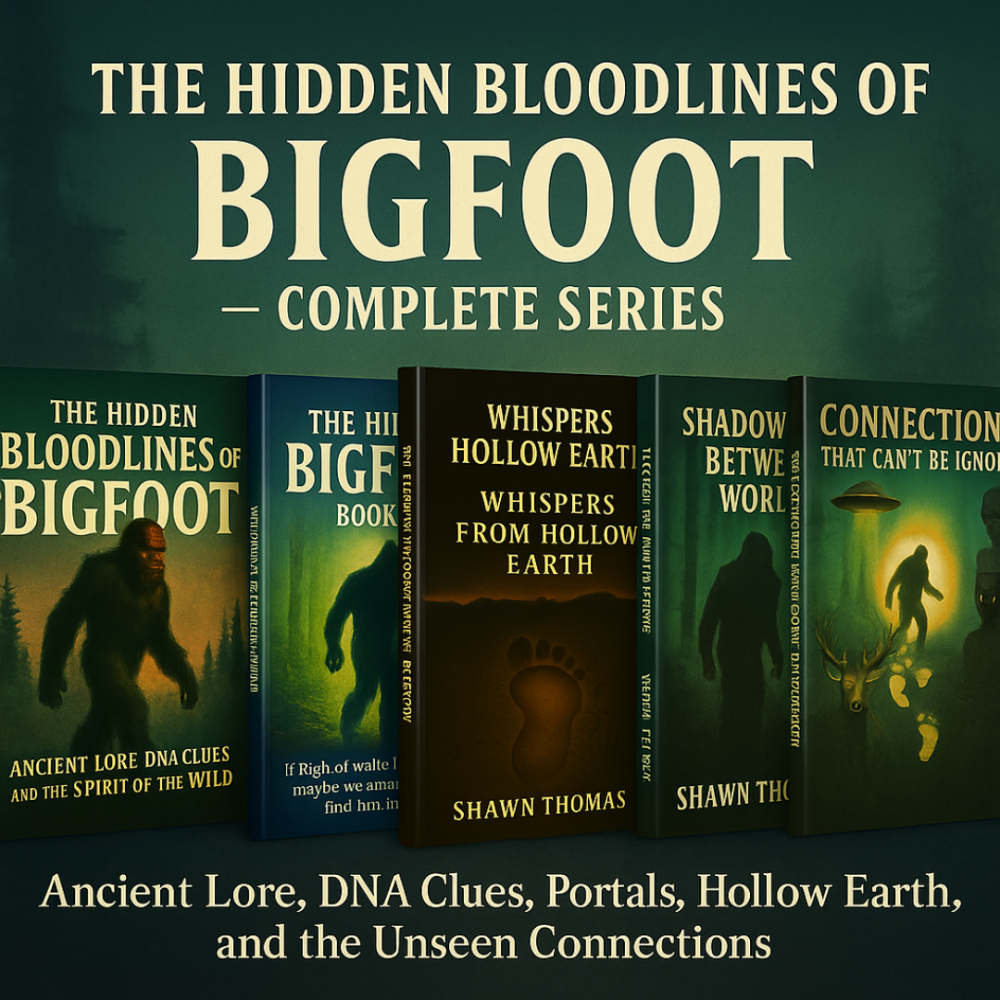
Before we go further, let me lay out what you’ll find here, because this blog isn’t just a list of names; it’s a journey through time, belief, and possibility. We’ll explore:
- Why so many cultures describe Bigfoot-like beings
- What ancient global legends reveal about shared truths
- Whether Bigfoot could be a real creature, spiritual force, or something else entirely
- Tools and gear to help you search for answers
- And of course, my book series The Hidden Bloodlines of Bigfoot, where I dig deeper into every one of these ideas
That’s why I wrote my book series. To investigate, explore, and document what most are too afraid to ask:
- Book One – Ancient Lore, DNA Clues, and the Spirit of the Wild
- Book Two – If Bigfoot walks between worlds…
- Book Three – Whispers from Hollow Earth
- Book Four – Shadows Between Worlds
- Book Five – Connections That Can’t Be Ignored
Explore the full series:
https://wildfootmyths.com/wildfoot-book-library/
Field-Tested Tools For Modern-Day Seekers
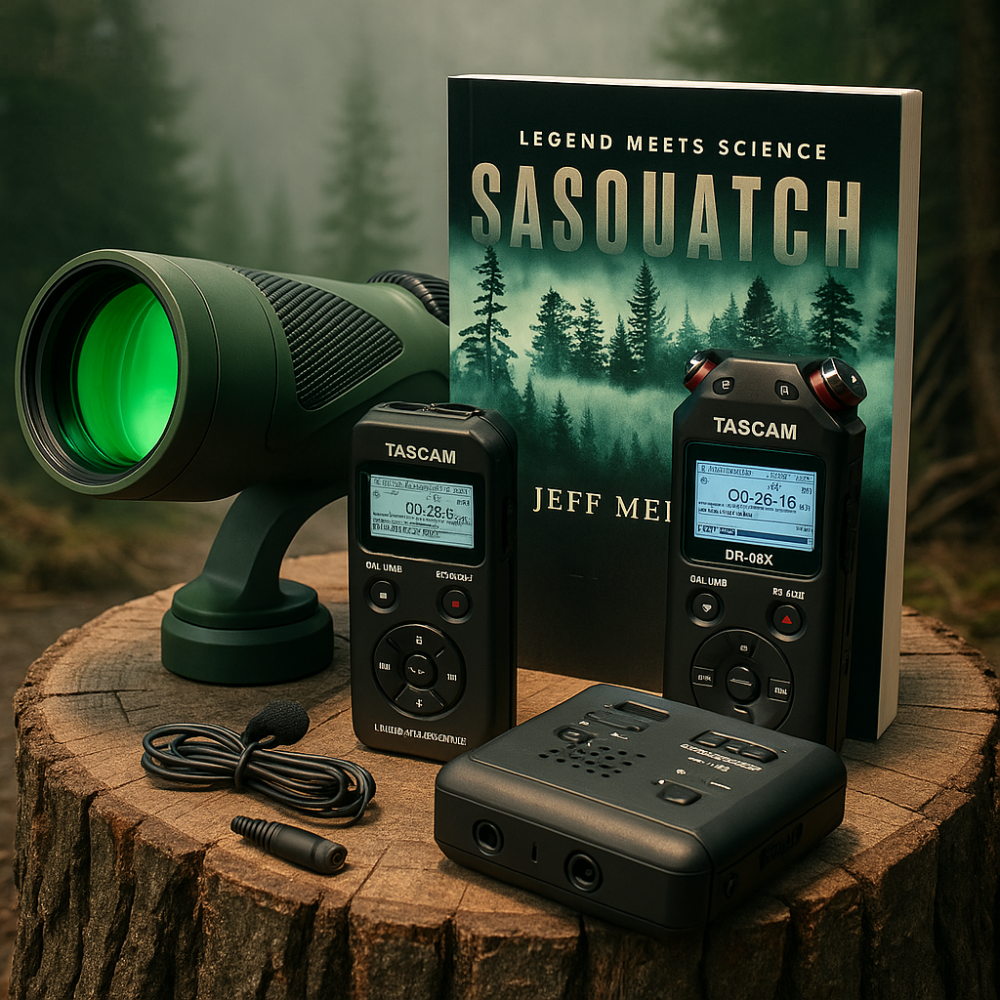
If you’re serious about exploring these mysteries—or just love being prepared for the unknown—these are my go-to tools and trusted recommendations:
1. Night Vision Monocular for Cryptid Seekers
Perfect for night tracking, campsite security, or just capturing something in the dark you can’t explain.
Check it out on Amazon: GET YOURS NOW!
2. Digital Audio Recorder – Capture the Whispers
Used by field researchers to pick up distant howls, knocks, or even spoken phrases in dead silence.
Start your recording now!
3. Sasquatch Field Guide by Dr. Jeff Meldrum
A scientist’s approach to track patterns, skeletal analysis, and behavior theories.
Grab the guide: READ MORE HERE
Final Thoughts: One Being, Many Names
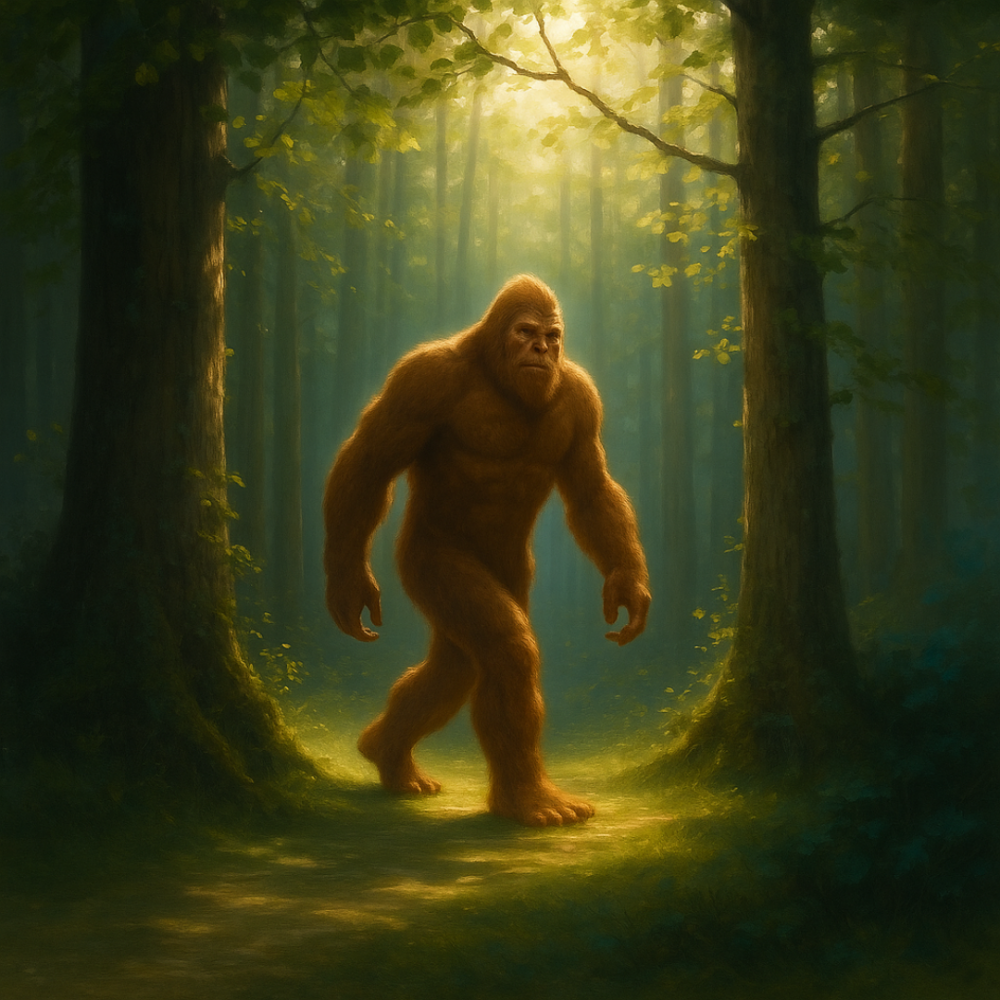
Sometimes it hits when I’m alone in the trees, the world going still around me. Other times it’s in stories I hear from strangers—whispers passed down from someone’s grandfather, a tribal elder, or a witness too shaken to speak until years later. And every now and then, I sit with it longer, thinking:
What if this isn’t about belief anymore? What if it’s about remembering?
We use different names across cultures—but maybe those names were never meant to divide. Maybe they were meant to teach us how close the truth really is.
What is it called when someone has multiple names?
In folklore, we call it many things—aliases, titles, manifestations. But names hold power. And sometimes, one being shows up in many ways, because we need to see it differently.
Why do some people only have one name?
In some traditions, a single name isn’t a limit—it’s a symbol of strength. Identity. The idea that this one name says everything you need to know.
Do names matter in stories?
They always have. A name can reveal purpose. A name can hide power. And a forgotten name? That might be the key to everything.
Why are name stories important?
Because when we trace the stories through names, we start to see a pattern. We realize we’re not imagining this. We’re remembering it—from different places, through different tongues, but with the same awe.
I don’t write these blogs to convince skeptics. I write them to reach those already standing on the edge of the trees, wondering.
You know that feeling—the one that tugs at you when you’re out in the woods, and the silence suddenly feels… full.
Thousands of years. Countless cultures. Same story.
Maybe it’s not just a myth.
Maybe it’s memory.
Leave your thoughts below. Tag someone who still believes.
And if you’re ready to explore the unknown with open eyes and a grounded heart, welcome to the Wildfoot path.
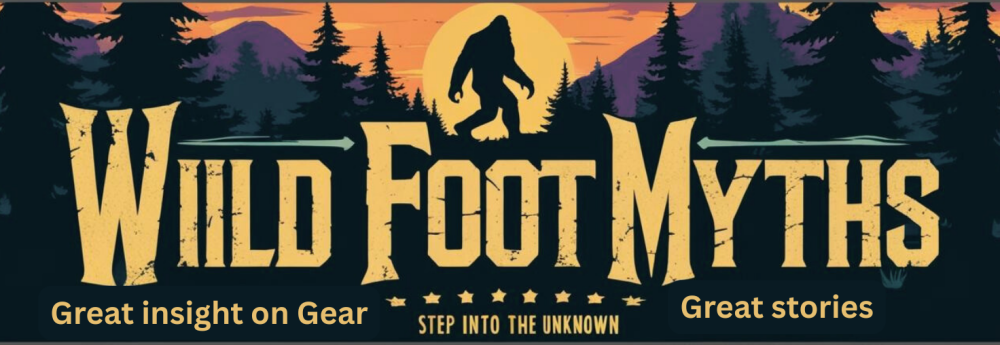
Explore all Wildfoot here
because they connect us to culture, identity, and shared memory. In Bigfoot’s case, the many names help trace a global pattern.
I don’t write these blogs to convince skeptics. I write them to connect with the ones who already feel it.
You know that feeling—the one that tugs at you when you’re out in the woods, alone, and the silence feels like it’s listening.
Thousands of years. Countless cultures. Same story.
Maybe it’s not just a myth. Maybe it’s memory.
Leave your thoughts below. Tag someone who still believes.
And if you’re ready to explore the unknown with open eyes and a grounded heart, welcome to the Wildfoot path.
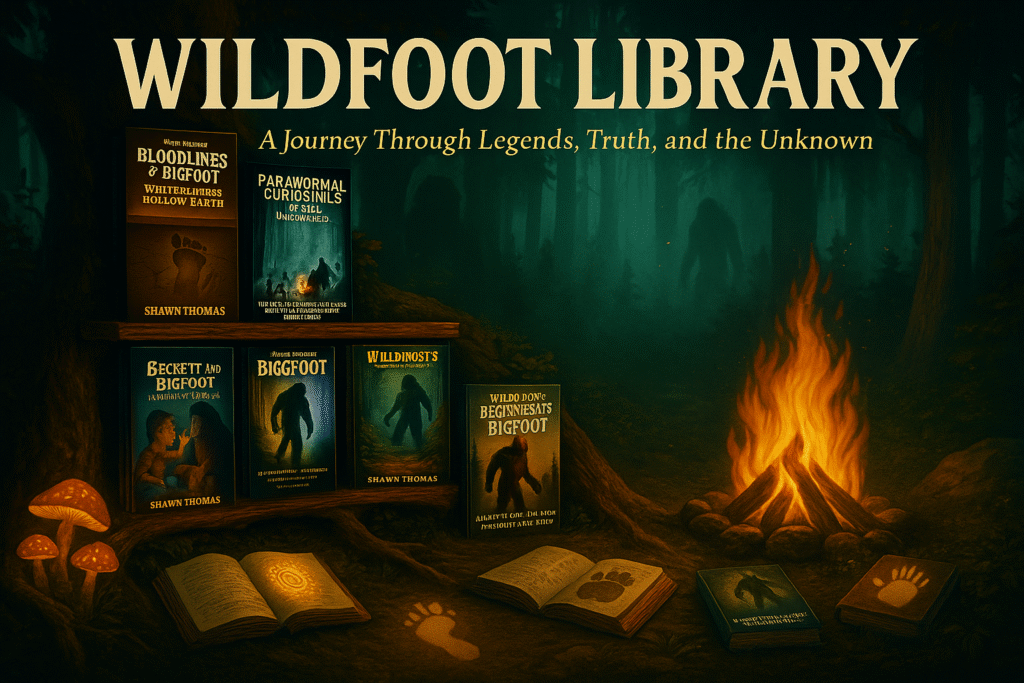
Explore all Wildfoot books here
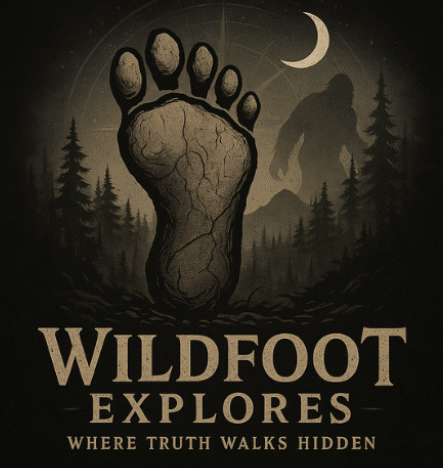
Hello Shawn!
Thank you for this thought-provoking article on the convergence of myths across cultures. Your exploration of how diverse narratives often point to a singular essence resonates deeply with the principles of comparative mythology. As noted in scholarly discussions, the systematic comparison of myths from different cultures reveals shared themes and characteristics, suggesting a common thread in human storytelling.
The idea that various cultures, separated by geography and time, have developed myths with striking similarities underscores the universality of human experience. It’s fascinating to consider how these shared stories reflect collective values, fears, and aspirations.
I’m curious about your perspective on the role of archetypes in this convergence. Do you believe that these recurring symbols and themes arise from a shared human psyche, as some theories suggest, or are they the result of cultural exchanges and adaptations over time? Additionally, how do you see the preservation and study of these myths contributing to our understanding of cultural identity and interconnectedness in today’s globalized world?
Thank you again for shedding light on this intriguing topic. Your insights encourage a deeper appreciation for the rich tapestry of human mythology.
Angela M 🙂
Hello Angela,
Wow, what a thoughtful and insightful comment. Thank you for taking the time to share this. You have touched on exactly the kind of reflection I hope to inspire with this article. The convergence of myths across time and geography truly does suggest that, despite our cultural differences, we share common threads in how we interpret the world and our place within it.
To your excellent question about archetypes, I personally lean toward the idea that these recurring symbols and themes emerge from a shared human psyche. Jung’s concept of the collective unconscious resonates strongly with me, especially when you see nearly identical motifs like wild guardians, hidden beings, or shapeshifters appearing in cultures that had no contact with one another. At the same time, I think cultural exchange has certainly played a role in shaping and adapting these archetypes as societies interacted over the centuries.
As for the preservation and study of these myths, I believe it is essential. They do not just tell us about the past. They help us understand present-day cultural identities and even offer clues about universal human concerns that transcend eras. In today’s globalized world, where cultural boundaries are more fluid than ever, recognizing these shared narratives can actually bring us closer together and foster deeper understanding.
Thank you again for engaging so deeply with this topic. It is discussions like this that keep the study of mythology alive and evolving.
Stay curious,
Shawn
This article truly resonated with me. The idea that Bigfoot—known by so many different names across cultures—might represent a shared human memory rather than just a myth is both intriguing and thought-provoking. It challenges us to consider the possibility that these legends are not simply stories, but echoes of a collective experience.
The concept that names hold power and that one being could manifest uniquely to different people groups is fascinating. It makes me wonder about the common threads in global folklore and what they might reveal about our shared human past.
Do you think the recurring similarities in these stories could point to a real historical entity or phenomenon? And could our modern worldview be too quick to dismiss ancient wisdom and oral traditions as mere superstition?
Thank you for shedding light on this perspective. It definitely encourages a deeper exploration of the myths we often take for granted.
Alyssa, thank you so much for this beautifully thoughtful comment. Sorry for the late reply. You’ve tapped into something I think many of us feel deep down—that these recurring stories aren’t just coincidence. They may be echoes of a shared memory or a presence that has walked beside humanity for far longer than we admit. And yes, our modern worldview often rushes to dismiss the wisdom carried through oral traditions, yet those stories have a way of enduring for a reason. I’m grateful this resonated with you. Stay curious, stay grounded, and trust that the old truths still have much to teach us. Stay wild, my friend.Shawn